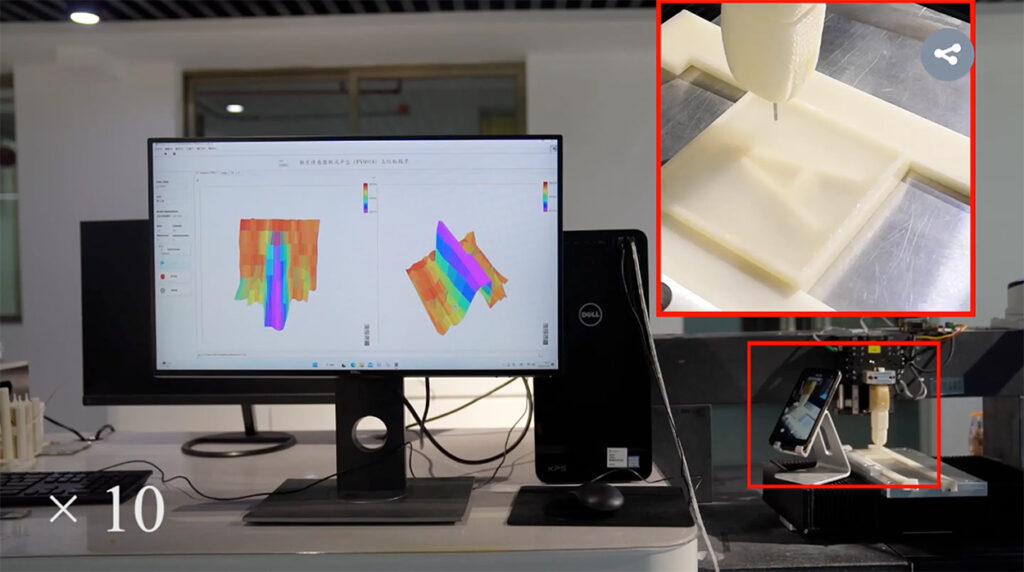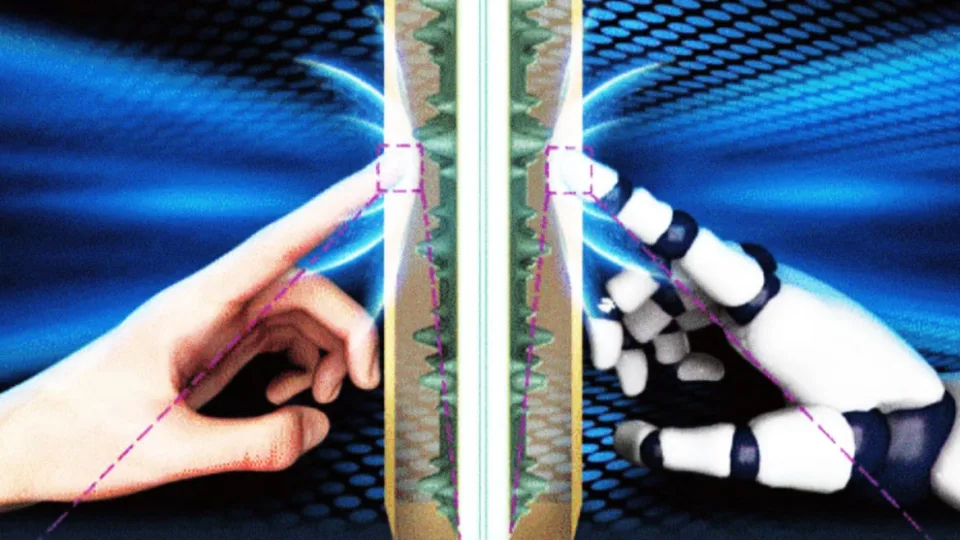Novel Bionic Finger Scans Surface and Subsurface Elements for 3D Images

If you want to know what is inside something, such as a body, appliance, luggage, toys, and other elements, you need special equipment, such as an X-ray machine. But it is not possible to have such a machine on hand. Moreover, for medicine and other industries, such as security, knowing what goes on inside the body, parcels, luggage, and other items is a priority.
A novel scanner
A team of researchers from China’s Wuyi University recently introduced a new device that uses multiple pokes or touches on different surfaces to create a 3D rendering of the surface and subsurface of the object.
The team developed a smart bionic finger, a robot that features tactile tomography to help users know what the object they are scanning has outside and inside. The research team claims the bionic finger can scan living and non-living items and create a 3D image of what it scanned on a computer. It only needs light pressure to enable the device to scan an object.
The process is the same as MRI or X-ray scans, which pass over people or objects and produce images of what it finds inside. The research team said the development of the smart bionic finger came about while they were studying tactile tomography.
Applications of the smart bionic finger
After the team recently announced the development of the smart bionic finger, they are now thinking of the numerous applications of their smart scanner.
According to Zhiming Chen, a Wuyi University lecturer and co-author of the study, their device is far superior to the previous artificial sensors that can only recognize and distinguish between hardness, surface textures, and external shapes.
They tested the bionic finger on complex objects, believing that it could find many potential uses in construction, engineering, medicine, and more.

Robots that can feel
In the past, scientists and researchers created mechanical robots they programmed to perform a task repeatedly. But recent developments saw the creation of robots that work continuously, but by integrating deep learning or artificial intelligence, they can also teach some robots to feel.
For example, a small team of Japanese scientists created a robot with a child-like human head, which they call Affetto, an Italian term that means affection. The team introduced it in 2011. Initially, Affetto showed various expressions, such as frowning and smiling, which they created using soft materials such as skin to cover the robot’s 116 different points on its face. However, recent developments and the use of synthetic skin allowed Affetto to feel human suffering or pain. Japan’s Osaka University is working on the synthetic skin the scientists used on Affetto.
Super sensitive bionic finger
This development goes further than robotic hands that provide tactile feedback. According to the published report of the study, the bionic finger can detect internal body structures like bones, tissues, and blood vessels. Senior author of the study, Jianyi Luo, a professor at the university, explained that they drew inspiration from human fingers, which have the most sensitive tactile perception.
The device does not closely resemble a human finger, though. It looks more like a tattoo gun. By repeatedly jabbing a surface with its tiny needle-like tip, it effectively scans back and forth along the surface. This development goes further than
Professor Luo further explained that the bionic finger’s tip is made from carbon fibers that compress to a lesser or greater extent as it encounters harder or softer materials or surfaces. The contraction and reaction of the material the bionic finger meets allow the device to create a 3D image of what it touched. During the scanning, the device scans the surface and the structures underneath it, which it renders into 3D images. The professor added that the capability of their device is a step further than MIT’s BionicSoftHand and shape-sensing bionic finger system.